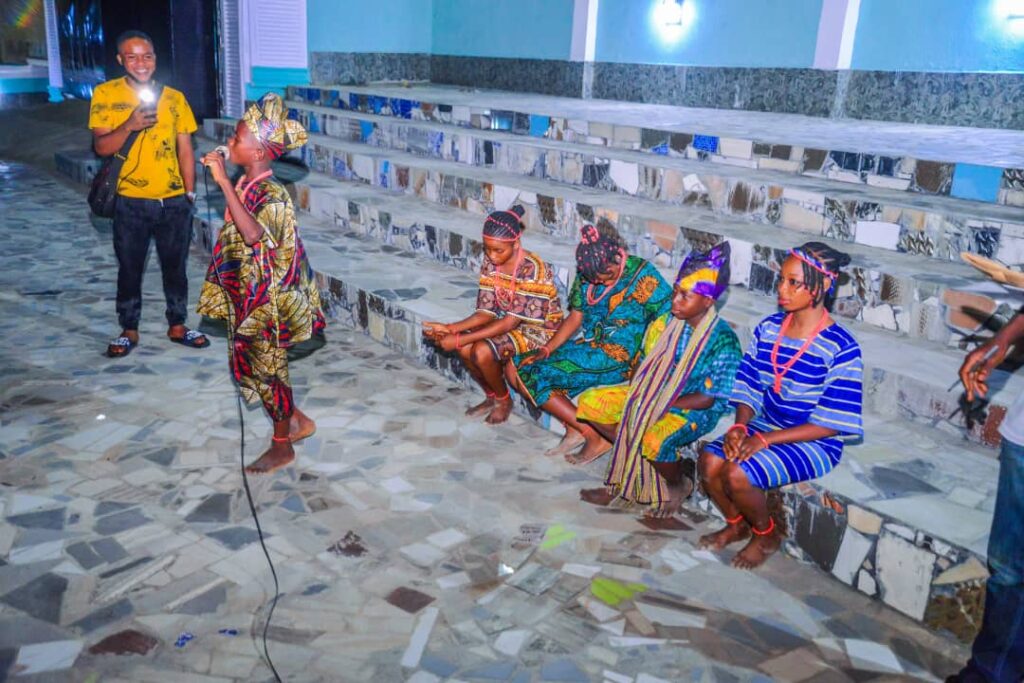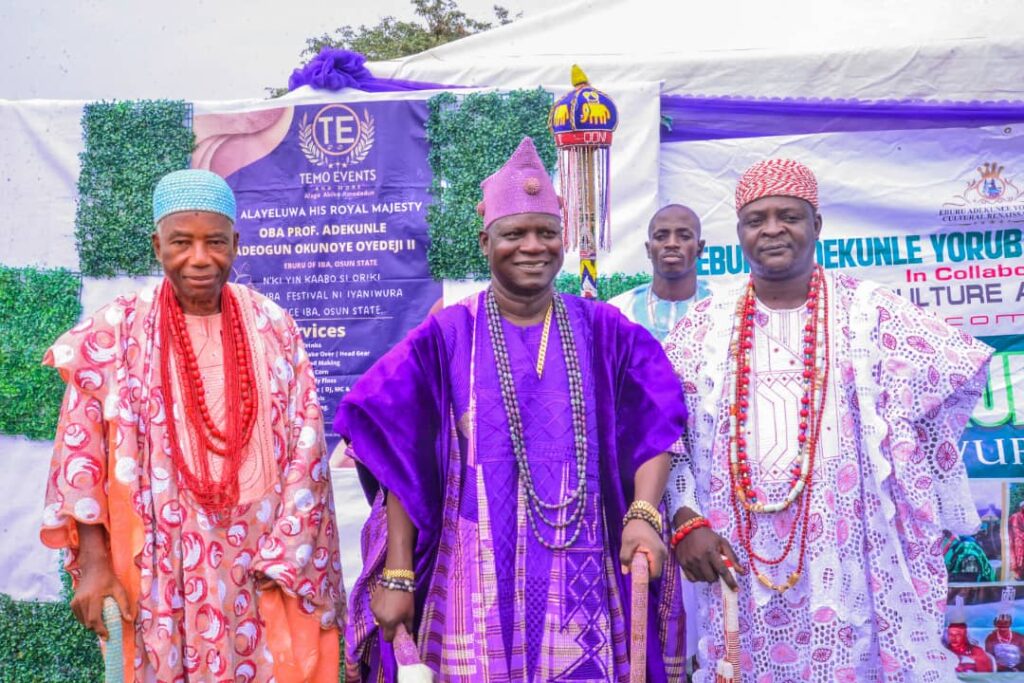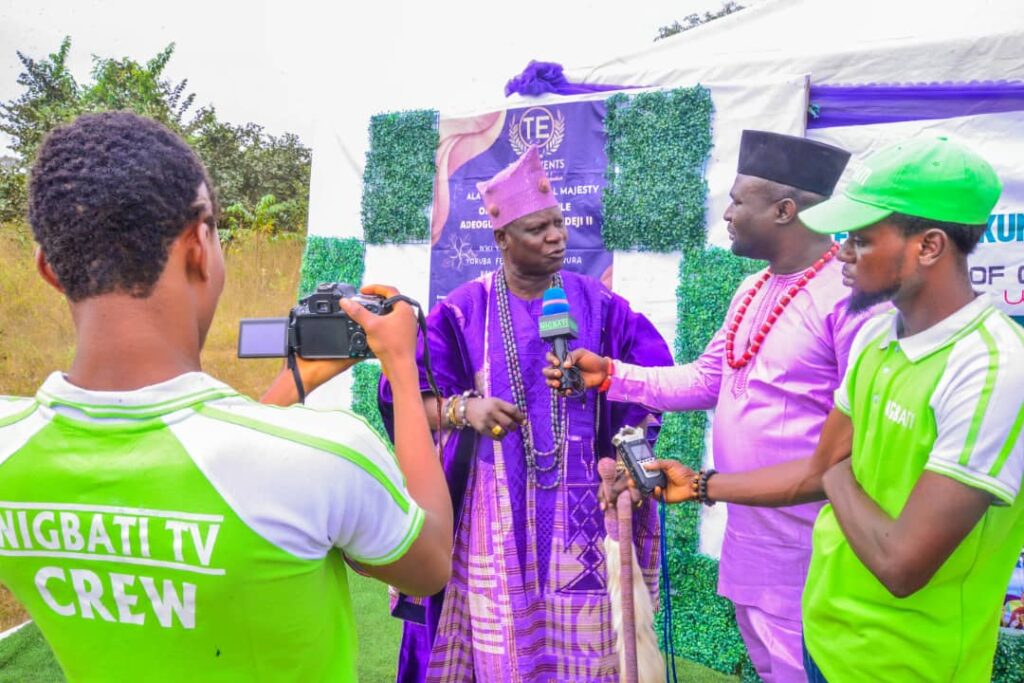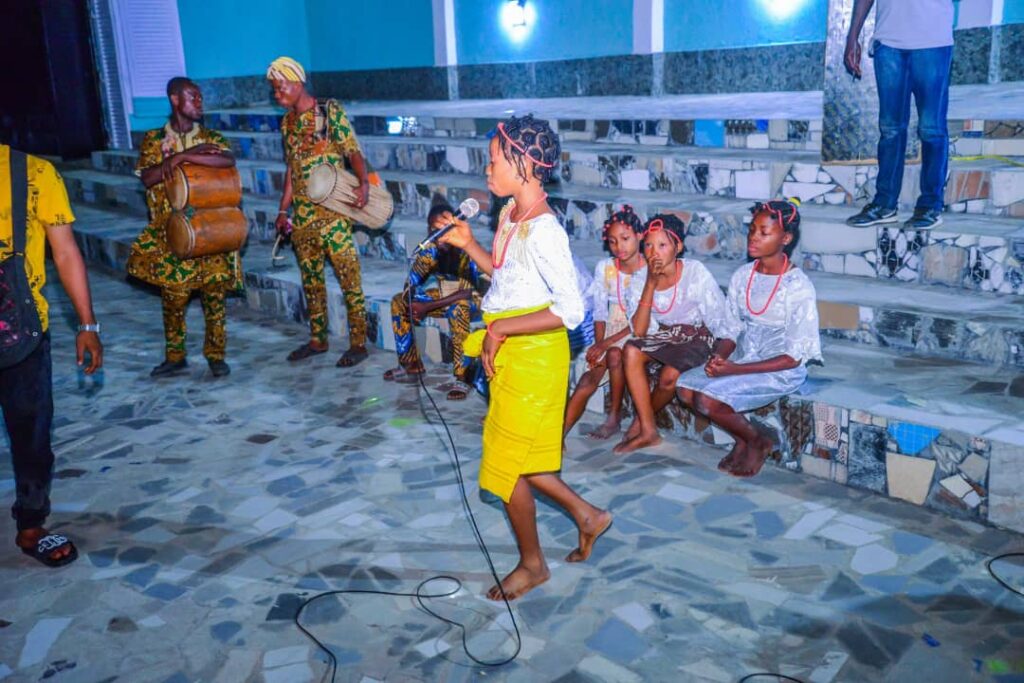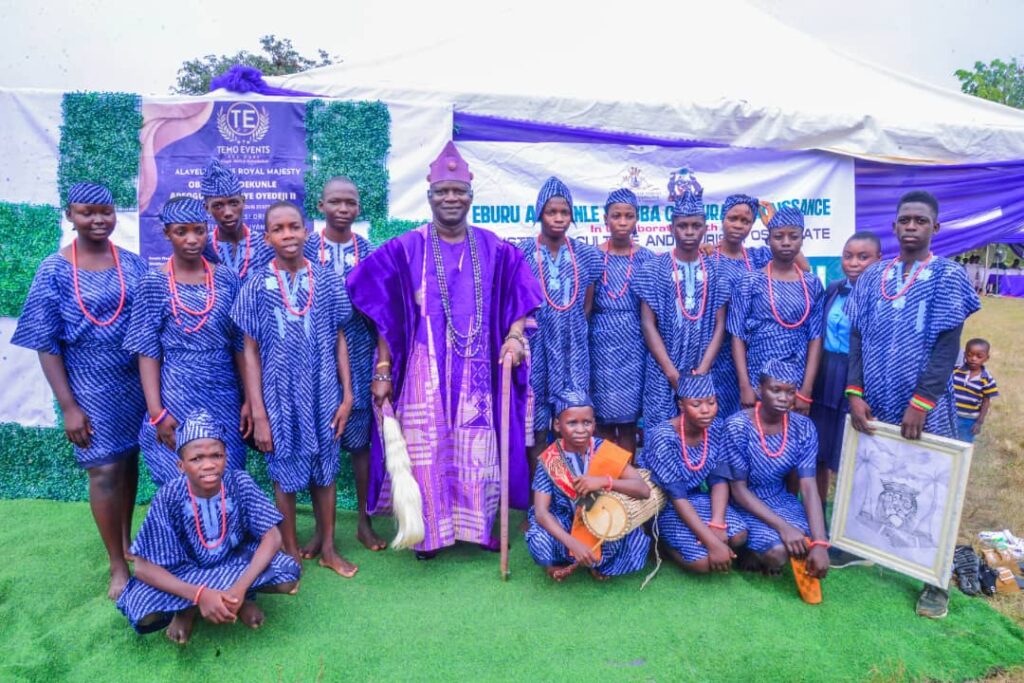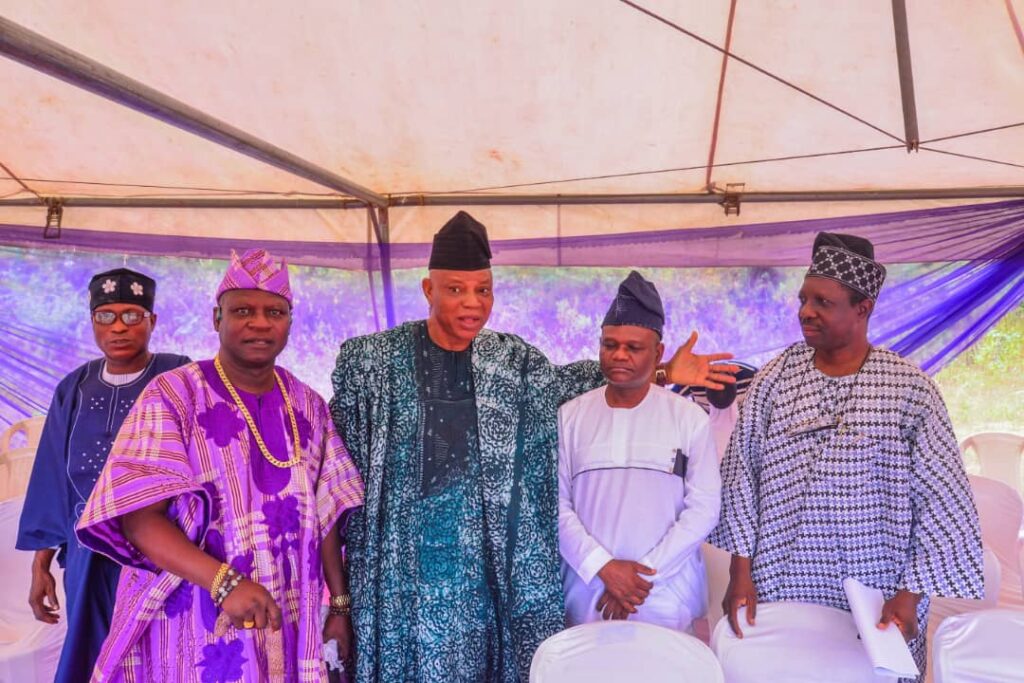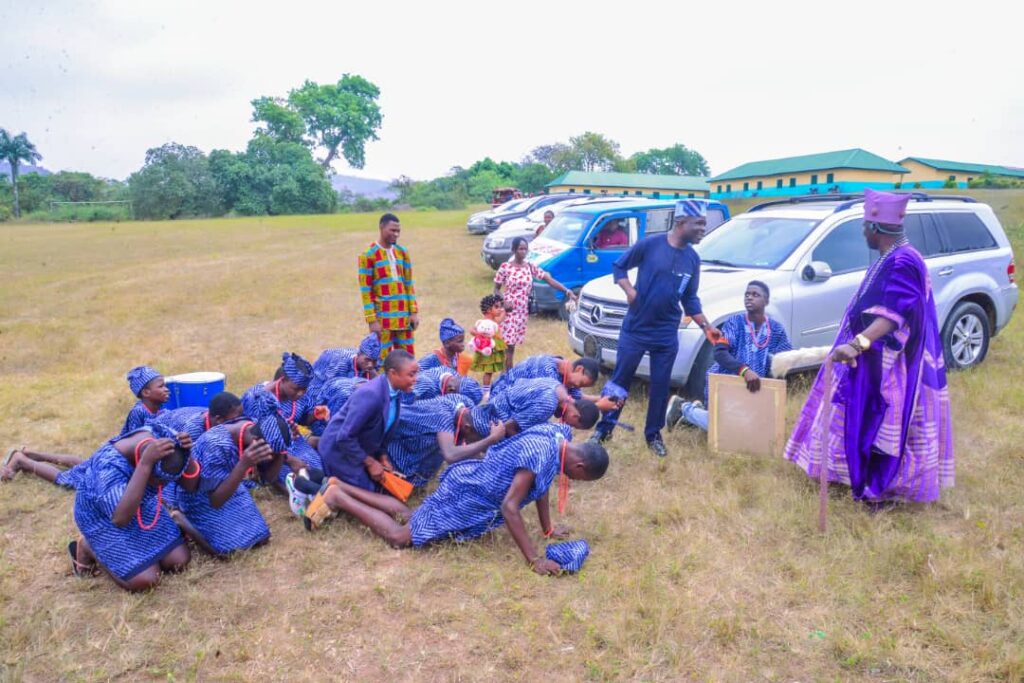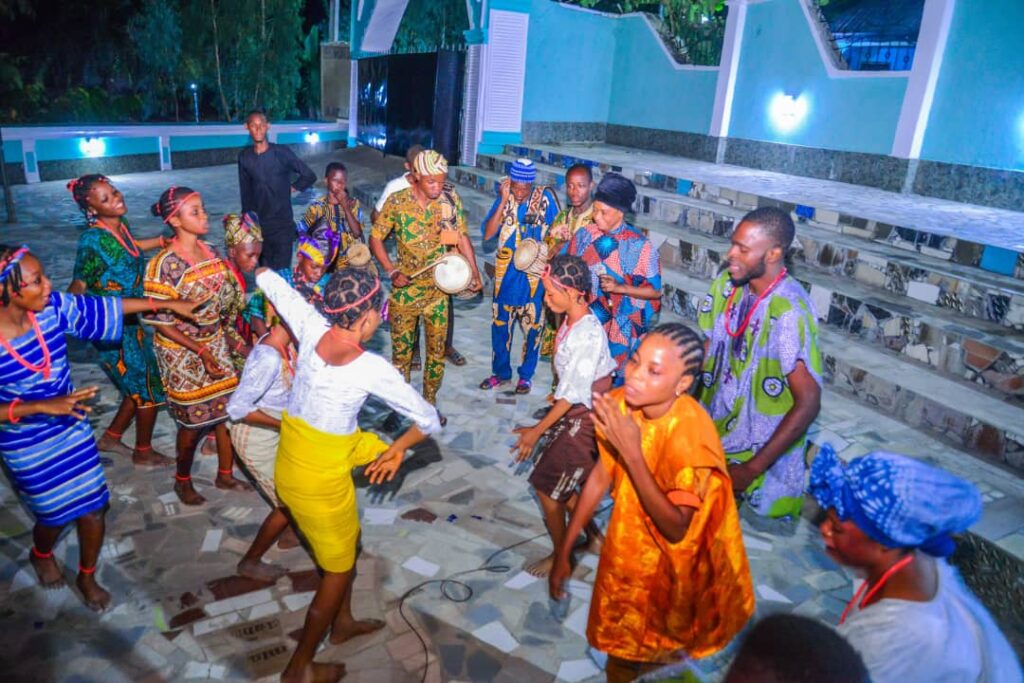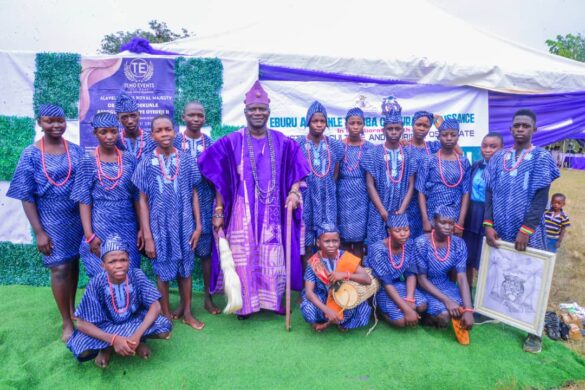It’s another edition of incredible ORIKI YORUBA FESTIVAL initiated by EBURU ADEKUNLE which is aimed to promote and embrace Yoruba cultural activities. ORIKI YORUBA cultural renaissance is a program that tells us about the history and achievement of a lineage, their God’s and goddesses, their trade and avocation, their behavior, talents, shortcomings, challenges and aspiration. Is it crystal clear that everyone born into a lineage which is entitled to ORIKI of that lineage. It’s disappearance is steady because people no longer learn it.
It is to be noted that from the very first day of birth of a Yoruba child, they started hearing poetry and songs meant for their delight and moral education. It is mostly from the grandmother or older women welcoming the new born by chanting the family orikì and lullabies. During childhood, a proper and effective mode of socialization is ensured through the use of songs or other forms of literature. Yoruba eulogy do have essential information meant to ensure a continuity of traditions and customs packed into children’s literature. Information about plant and animal life, insightful remarks about the nature of the language, mnemonics for counting and a lot of moral instructions woven into poems, stories, rhymes, lullabies and children songs. When lullabies are sung for children, the baby is not expected to understand the meaning of the words, but the rhythm of the songs and the movement of the singer helped majorly to lull the child to sleep. As the child grows, a notable improvement is made on such literature and medium of instruction to accommodate more information about the working of their society. Such information are composed and thought to children to impart positively into them either morally, academically, spiritually or to give specific formative instructions. However, of great importance are the aspects of presentation which in most cases are presented in rhymes, folktales and lures, mode of presentation or melodies of songs, fully loaded with messages with either moral, cultural, spiritual or of academic intents. The period or time of use of each song dictates the choice of song to be used and how it is used, etc.
It is worrisome that most of our youths today know all the foreign music and the Nigerian versions of hip hop patterned on the foreign musicology, but how many of them have studied and acquired taste of the music of traditional icons like Hubert Ogunde, Haruna Ishola, Yusuf Olayunji, Ayinla Omowura and Dauda Epo-akara (Akanmu Eyo!) among others? What about their style of dressing, do they treasure Dansiki, Gbariye, Dandogo, Kembe, and other traditional sartorial style? Nowadays, you see some young men donning ear ring in one ear and plaiting their heads like women! In the pristine traditional society the only men you would see wearing women hairstyle were Adosu Sango or Sango’s devotees!
The examples from personal experiences are many but the above are sufficient to underscore the mentality of a lot of our people who unwittingly engage in self-denigrating and ill-informed inferiorisation of our culture why unduly glorifying others, all in the name of modernity.
It is commonsensical that the culture which our forefathers had developed and evolved through trial and errors for several centuries could not all be balderdash. Whatever may be said in relative terms for the quality and depth of our own civilizations in Africa, there are undeniable nuggets of gold amidst the tremendous ruble of tares that could be polished and imbibed as priceless, timeless and treasure.
The Guest speakers would talk about the significant of ORIKI YORUBA, it’s positive impact on the populace and why people refused to embrace it.
The program promised to be educative and fantastic as different cultural groups and chanters has been invited to showcase their talents.
The 2022 festival, to be held in Iba, State of Osun, Nigeria at Iyaniwura Palace, Iba. on 17th December, 2022, is in the process of receiving nominations for prospective participants.
